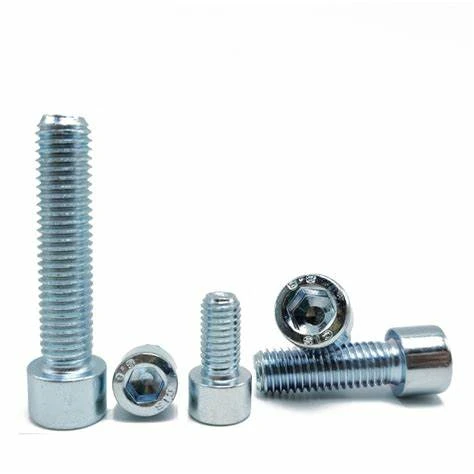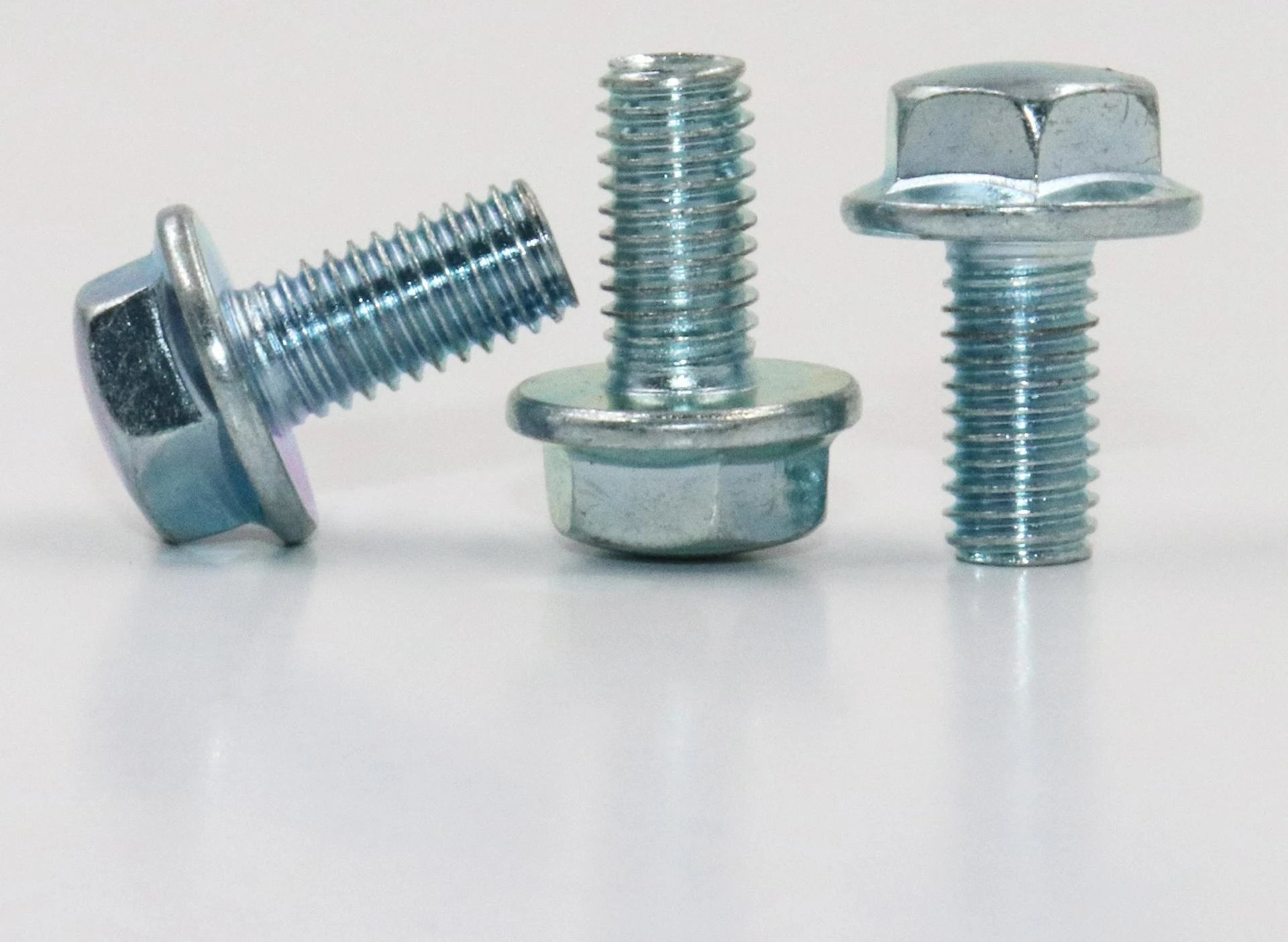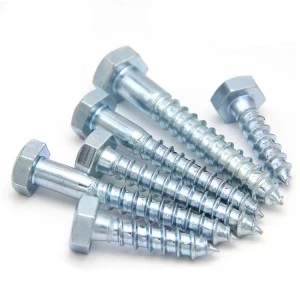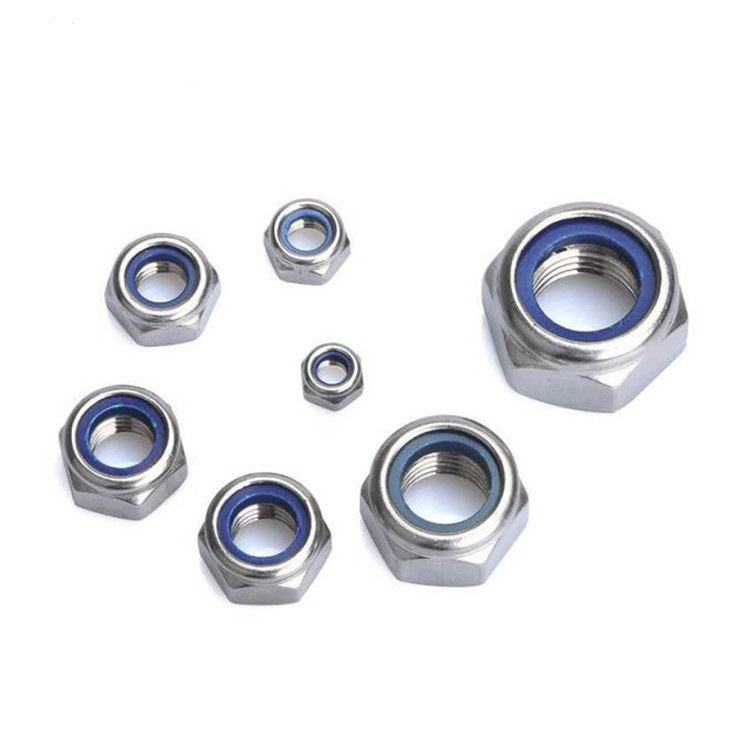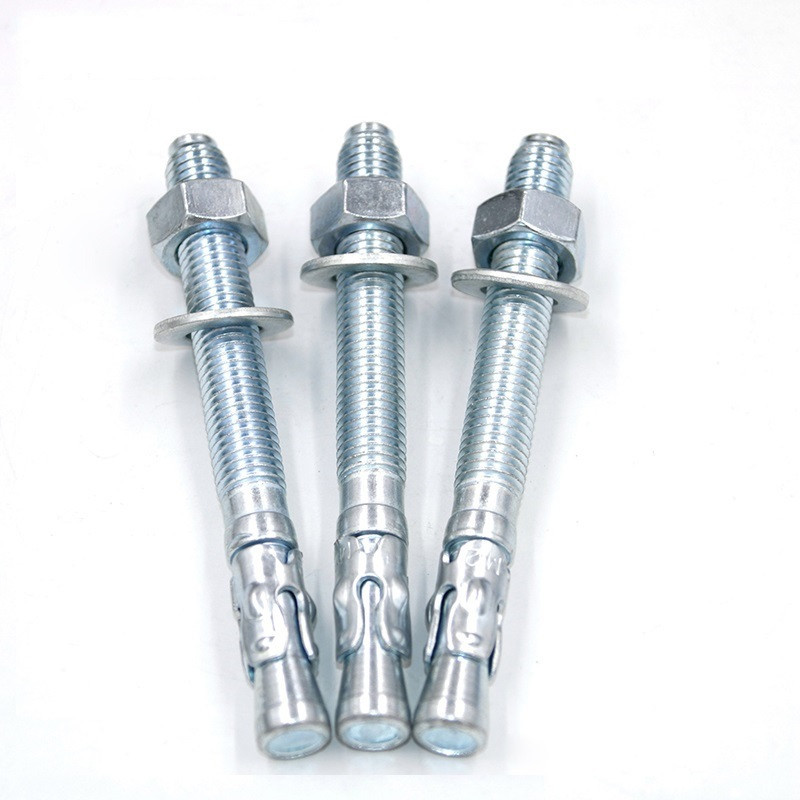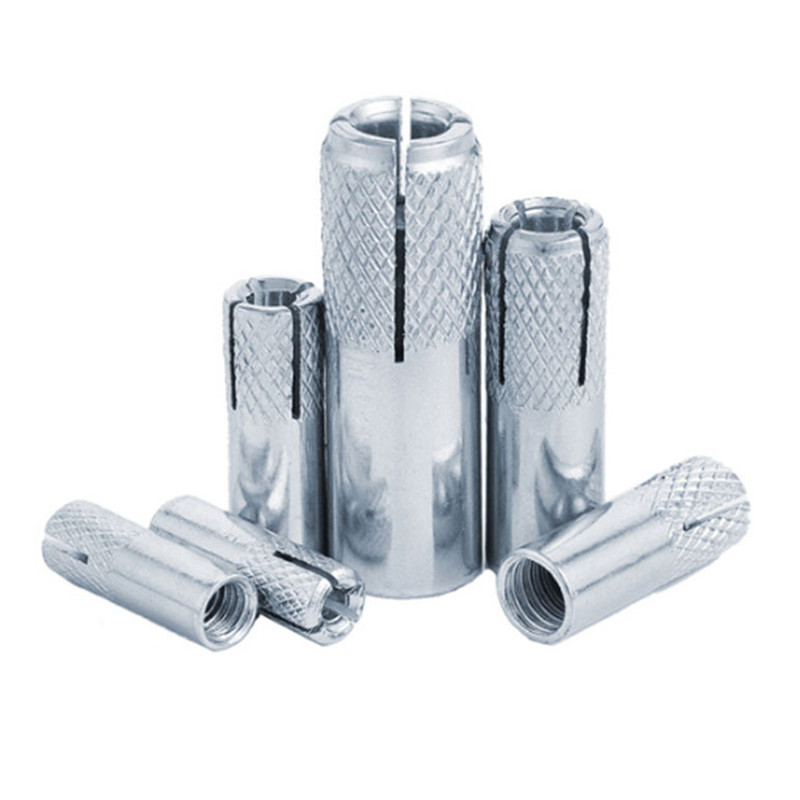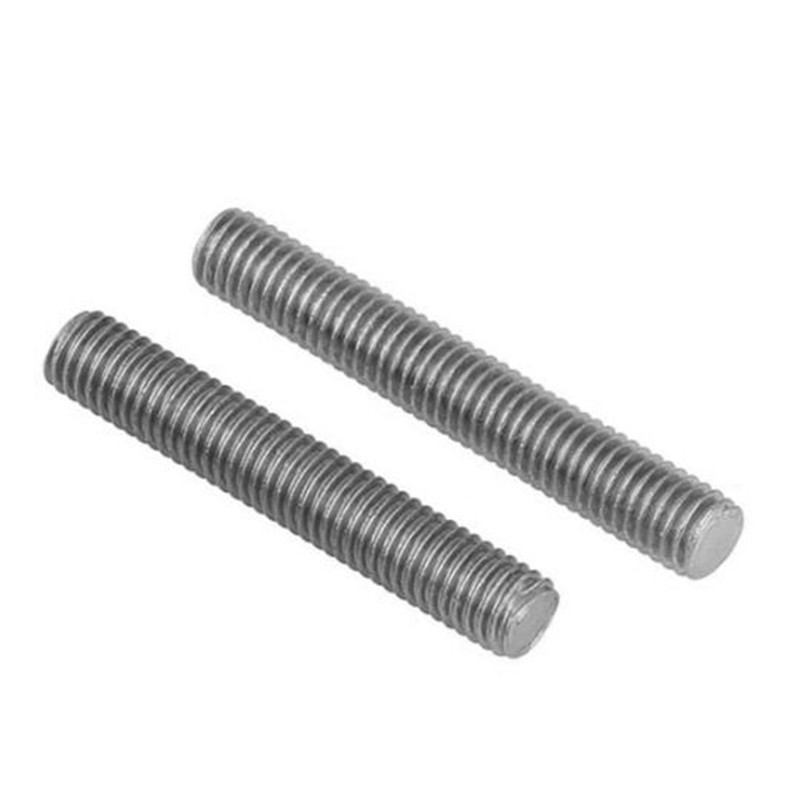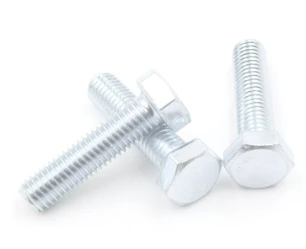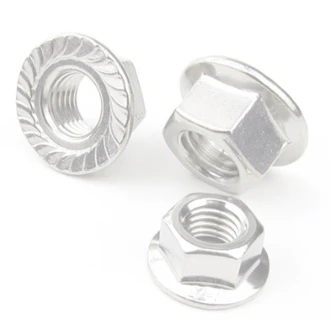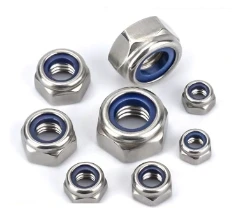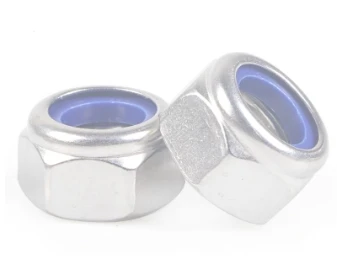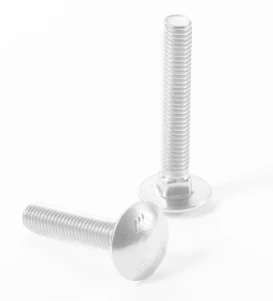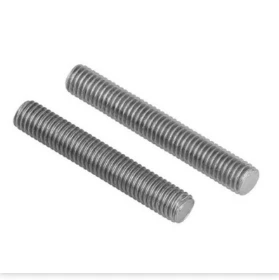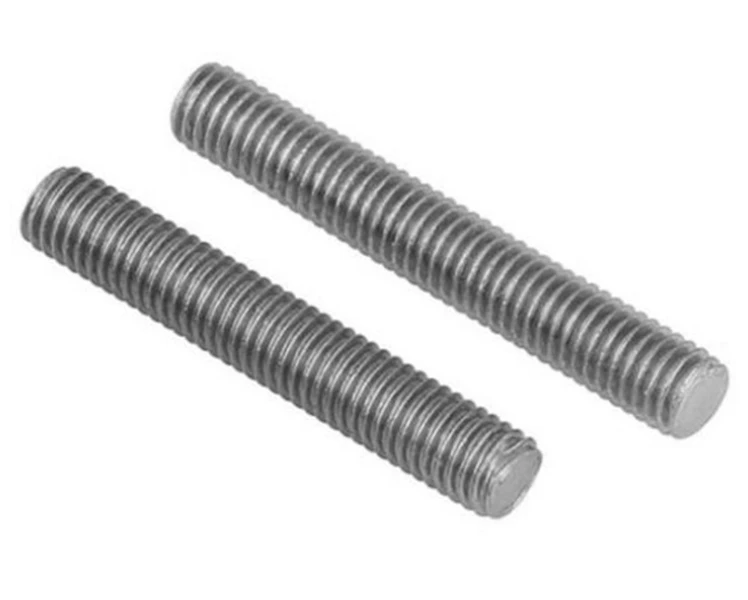Reliable fastening solutions play a crucial role in construction and industrial applications, where strength and durability are paramount. Among the most versatile options available, Threaded Bar components provide exceptional load-bearing capacity for structural frameworks. When precise joining is required, the Threaded Rod Screw offers superior adjustability and secure fastening across various materials.For projects exposed to challenging environmental conditions, the Galvanised Threaded Rod stands out with its enhanced corrosion resistance, making it ideal for outdoor installations or high-moisture environments. Each of these solutions serves distinct purposes while maintaining the common goal of creating stable, long-lasting connections.Proper implementation begins with understanding the specific demands of each application. Whether reinforcing concrete structures with Threaded Bar, assembling mechanical systems with Threaded Rod Screw, or protecting against rust with Galvanised Threaded Rod, selecting the right product ensures optimal performance. By following industry best practices for installation and maintenance, professionals can maximize the lifespan and effectiveness of these essential fastening components.
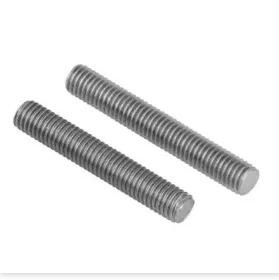
Choosing the Right Threaded Bar for Your Project
Selecting the correct Threaded Bar depends on the application’s load requirements and environmental conditions. For heavy-duty applications, high-strength steel is ideal, while a Galvanised Threaded Rod offers superior corrosion resistance for outdoor or high-moisture environments. The Threaded Rod Screw should match the material it will fasten—whether wood, metal, or concrete—to prevent stripping or loosening over time. Yongnian Country Tianbang Fasteners Co., Ltd provides a wide range of options to meet diverse project needs.
Preparing the Threaded Rod Screw for Installation
Before installation, inspect the Threaded Rod Screw for any defects or damage. Ensure the threads are clean and free from debris, as dirt can weaken the connection. If using a Galvanised Threaded Rod, avoid excessive handling to preserve the protective coating. Pre-drilling pilot holes is recommended to prevent splitting in wood or cracking in brittle materials. Proper alignment is crucial to avoid cross-threading, which can compromise the integrity of the Threaded Bar.
Securing the Galvanised Threaded Rod Properly
A Galvanised Threaded Rod must be secured with appropriate nuts and washers to distribute pressure evenly. Over-tightening can deform the threads or damage the coating, reducing its corrosion resistance. For added stability, use locking nuts or thread-locking adhesive on the Threaded Rod Screw. In high-vibration environments, double-nutting is an effective technique to prevent loosening. Yongnian Country Tianbang Fasteners Co., Ltd recommends using matching galvanised hardware for optimal performance.
Threaded Bar Cutting and Customization Techniques
Cutting a Threaded Bar to the desired length requires precision to avoid damaging the threads. A hacksaw or angle grinder with a metal-cutting blade is commonly used, followed by deburring the edges. For Galvanised Threaded Rod, ensure the cut ends are treated with a zinc-rich paint to maintain corrosion resistance. Custom threading may be necessary for specialized applications, and Yongnian Country Tianbang Fasteners Co., Ltd offers tailored solutions for unique project requirements.
FAQS about Threaded Rod Screw
What is the best way to prevent a threaded rod screw from loosening over time?
Using locking mechanisms such as nylon-insert nuts, thread-locking compounds, or double-nutting can effectively prevent a Threaded Rod Screw from loosening, especially in high-vibration environments.
Can a galvanised threaded rod be used in marine environments?
Yes, a Galvanised Threaded Rod provides excellent corrosion resistance, making it suitable for marine applications, though additional protective coatings may enhance longevity in saltwater conditions.
How do I choose between a threaded bar and a threaded rod screw?
A Threaded Bar is typically used for structural support and anchoring, while a Threaded Rod Screw is designed for fastening components together. The choice depends on load-bearing needs and installation method.
What tools are needed to cut a threaded bar accurately?
A hacksaw, angle grinder, or specialized threading tool can be used to cut a Threaded Bar, followed by smoothing the edges to prevent thread damage.
Does Yongnian Country Tianbang Fasteners Co., Ltd offer custom-length threaded rods Screw ?
Yes, Yongnian Country Tianbang Fasteners Co., Ltd provides custom cutting and threading services for Threaded Bar, Threaded Rod Screw, and Galvanised Threaded Rod to meet specific project requirements.
In modern construction and industrial applications, the Threaded Rod Screw stands as a fundamental component for creating secure and adjustable connections. These versatile fastening solutions excel in providing structural stability across diverse projects, from heavy-duty anchoring systems to precision mechanical assemblies. Their design allows for reliable load distribution and easy length adjustments, making them indispensable for both permanent installations and temporary structures.The durability of these fasteners is further enhanced through specialized coatings, with galvanized variants offering superior protection against environmental wear. This makes them particularly valuable for outdoor applications or settings exposed to moisture and temperature fluctuations. When properly selected and installed according to project specifications, threaded rod systems demonstrate exceptional resistance to shear forces and long-term wear.Optimal performance is achieved through careful consideration of material compatibility, load requirements, and proper installation techniques. The threaded rod screw's adaptability to various construction scenarios ensures structural integrity while allowing for necessary adjustments during assembly. By adhering to industry standards and maintenance best practices, these components deliver reliable, long-lasting performance that meets the demands of professional engineering and construction applications.
Post time: Jul . 21, 2025 14:38


